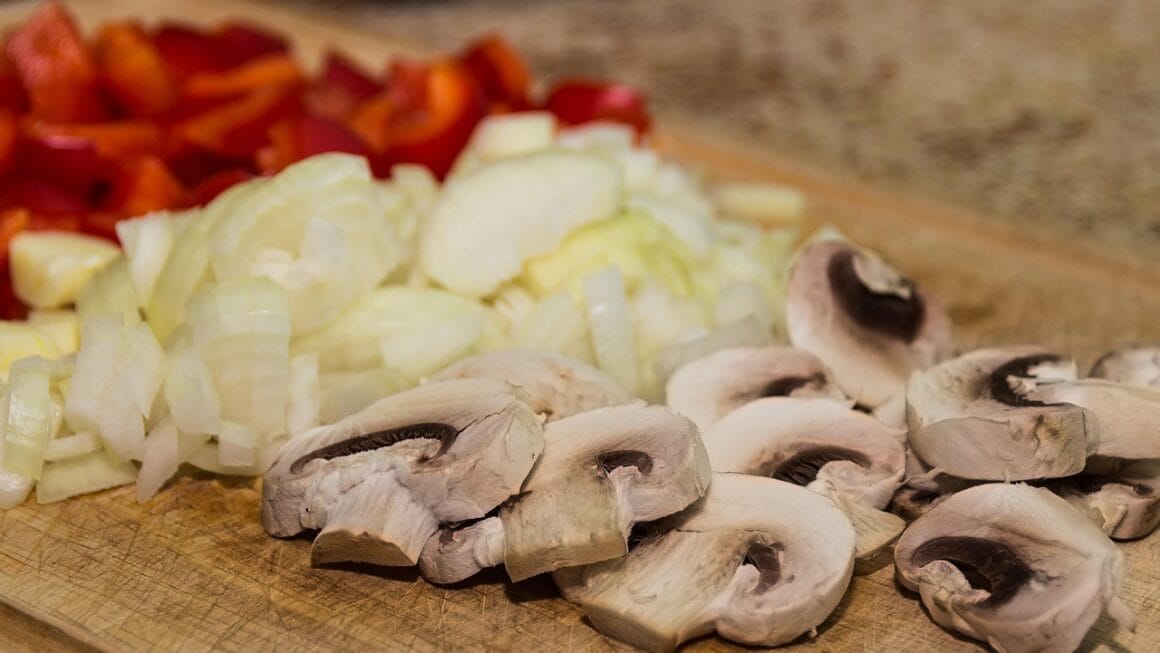Delving into the vibrant world of food, there’s nothing quite as rewarding as experiencing the genuine flavors of a culture through its authentic dishes. These culinary treasures offer more than just sustenance; they provide a window into a region’s history, traditions, and soul. Forget the diluted imitations; let’s embark on a journey to discover what makes a dish truly authentic and how to find these delectable experiences.
Understanding Authentic Dishes
Defining Authenticity in Food
Authenticity in food goes beyond simply using ingredients from a specific region. It encompasses the historical context, traditional preparation methods, and the cultural significance of a dish. It’s about preserving the original flavors and techniques passed down through generations.
- Ingredients: Using locally sourced, traditional ingredients is crucial. For instance, using San Marzano tomatoes for Neapolitan pizza is a hallmark of authenticity.
- Preparation: Techniques that have been honed over time, like slow-cooking a tagine in a traditional clay pot, contribute to the authenticity of the dish.
- Cultural Context: The dish’s role in celebrations, rituals, and daily life adds another layer of authenticity. Think of tamales during Mexican holidays or haggis at a Scottish Burns Night.
The Importance of Authentic Cuisine
Experiencing authentic cuisine offers numerous benefits:
- Cultural Immersion: It provides a deeper understanding and appreciation of different cultures.
- Unique Flavors: Authentic dishes often have complex and nuanced flavors that are absent in mass-produced versions.
- Supporting Local Economies: Eating authentic food often means supporting local farmers, producers, and restaurants.
- Preserving Culinary Heritage: By seeking out and enjoying these dishes, we help to preserve traditional culinary practices.
Finding Authentic Dining Experiences
Research and Reviews
Before venturing out, do your homework. Online reviews and food blogs can be invaluable resources. Look for restaurants that are highly rated for their authenticity and commitment to traditional methods.
- Read Reviews Critically: Pay attention to reviews that mention specific ingredients, preparation techniques, or the restaurant’s cultural heritage.
- Check Food Blogs: Many food bloggers specialize in authentic cuisine and offer detailed insights into the best spots.
- Use Local Guides: Local guides and publications often highlight hidden gems that serve authentic dishes.
Ask the Locals
Perhaps the best way to find authentic dining experiences is to ask the locals. They are often the most knowledgeable about where to find the best and most authentic food in their area.
- Engage with Locals: Strike up conversations with people who live in the area and ask for their recommendations.
- Visit Local Markets: Markets are a great place to find local ingredients and get recommendations for restaurants that use them.
- Join Food Tours: Many cities offer food tours that focus on authentic cuisine, providing a guided exploration of the local food scene.
Avoiding Tourist Traps
Tourist traps often serve diluted or inauthentic versions of local dishes. Be wary of restaurants that cater primarily to tourists and offer overly extensive menus.
- Look for Restaurants Patronized by Locals: If a restaurant is full of locals, it’s a good sign that the food is authentic and delicious.
- Avoid Restaurants with Pictures on the Menu: Pictures on the menu are often a sign that the restaurant is targeting tourists.
- Be Wary of Overly Aggressive Marketing: Restaurants that aggressively try to lure you in are often not the best quality.
Examples of Authentic Dishes Around the World
Italy: Neapolitan Pizza
Authentic Neapolitan pizza is a masterpiece of simplicity. It uses only a few high-quality ingredients and is cooked in a wood-fired oven at extremely high temperatures.
- Ingredients: San Marzano tomatoes, fresh mozzarella, basil, and olive oil are the key ingredients.
- Dough: The dough is made with only four ingredients: flour, water, salt, and yeast.
- Preparation: The pizza is cooked in a wood-fired oven for about 60-90 seconds, resulting in a slightly charred crust.
Japan: Authentic Ramen
Ramen is more than just noodles in broth; it’s a complex and nuanced dish with regional variations. Authentic ramen uses a rich, flavorful broth, freshly made noodles, and carefully selected toppings.
- Broth: The broth is the heart of ramen and can take days to prepare. Common types include tonkotsu (pork bone), shoyu (soy sauce), and miso.
- Noodles: The noodles are made fresh and have a specific texture and thickness depending on the region.
- Toppings: Common toppings include chashu (braised pork belly), soft-boiled egg, seaweed, and green onions.
Mexico: Mole Poblano
Mole poblano is a complex and flavorful sauce from Puebla, Mexico. It contains a blend of chilies, spices, chocolate, and other ingredients, resulting in a rich and savory flavor.
- Ingredients: The sauce typically includes ancho chilies, pasilla chilies, mulato chilies, chocolate, nuts, seeds, spices, and bread.
- Preparation: The ingredients are toasted, ground, and simmered for hours, resulting in a complex and layered flavor.
- Serving: Mole poblano is typically served with chicken or turkey.
Preserving Authenticity in a Globalized World
The Challenges of Globalization
Globalization can pose a threat to authentic cuisine as restaurants adapt their dishes to appeal to a wider audience or cut costs.
- Ingredient Substitution: Using cheaper, non-traditional ingredients can compromise the flavor and authenticity of a dish.
- Simplified Preparation Methods: Cutting corners in the preparation process can result in a less complex and nuanced flavor.
- Catering to Western Tastes: Adapting dishes to suit Western palates can dilute their cultural significance.
Supporting Authentic Restaurants
As consumers, we can play a role in preserving authentic cuisine by supporting restaurants that prioritize tradition and quality.
- Seek Out Restaurants with a Commitment to Authenticity: Look for restaurants that use traditional ingredients and preparation methods.
- Be Willing to Try New Things: Don’t be afraid to step outside of your comfort zone and try dishes that are unfamiliar to you.
- Spread the Word: Share your positive experiences with authentic restaurants with friends, family, and online reviewers.
Conclusion
Embarking on a quest for authentic dishes is a journey that enriches not only your palate but also your understanding and appreciation of different cultures. By being mindful of what constitutes authenticity, seeking out genuine dining experiences, and supporting restaurants that prioritize tradition, we can all contribute to preserving the rich tapestry of culinary heritage for generations to come. So, go forth, explore, and savor the world, one authentic dish at a time!




